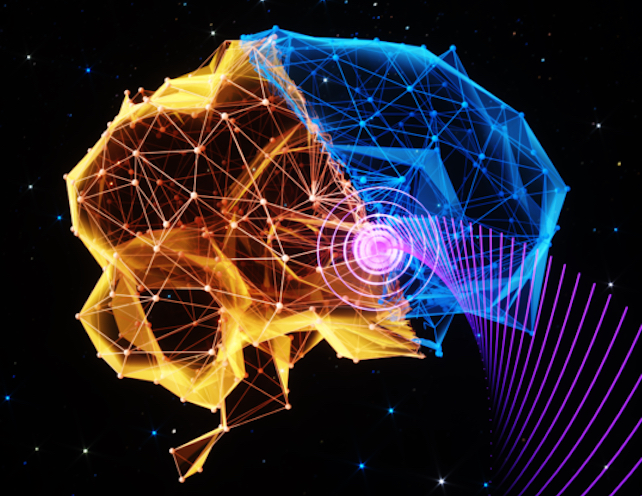Torpor is a helpful trick for surviving lean times, helping some mammals and birds reduce their body temperature and metabolic rate to safely snooze through hardship.
Only certain species naturally enter torpor, and although modern humans are not among them, we have long been intrigued by the idea. Inducing torpor in humans might help some patients with life-threatening diseases, for example, or people on long missions through deep space.
And while on-demand human torpor remains relegated to science fiction for now, a new study hints at how it might eventually happen.
In the study, researchers induced a torpor-like state in mice by using ultrasound to stimulate a brain region involved with regulating sleep, body temperature, and metabolism. In addition to mice, which naturally enter torpor, the researchers also induced a torpor-like state in rats, which do not.
This is a safe, noninvasive technique for targeting the central nervous system to induce a torpor-like state, the study's authors say.
Led by Hong Chen, a biomedical engineer at Washington University in St. Louis, the research team built a wearable ultrasound transducer to stimulate neurons in a brain region called the hypothalamus preoptic area.
When neurons in this area were stimulated, the mice experienced a drop in body temperature of about 3 °C, the researchers report, along with a drop in heart rate of just over 47 percent.

The mice also experienced metabolic changes, shifting from using both carbohydrates and fat as energy sources to just fat, resembling the shift they naturally make during torpor.
All of this occurred at room temperature (around 22 °C or 71 °F), without the environmental triggers that can naturally send mice into a torpid state.
The intensity of ultrasound also correlated with the depth of the torpor-like state. As the acoustic pressure and duration of the ultrasound rose, the mice showed more significant drops in body temperature and metabolism, a condition called ultrasound-induced hypothermia and hypometabolism (UIH).
"We developed an automatic closed-loop feedback controller to achieve long-duration and stable ultrasound-induced hypothermia and hypometabolism by controlling the ultrasound output," Chen explains.
"The closed-loop feedback controller set the desired body temperature to be lower than 34 °C, which was previously reported as critical for natural torpor in mice," she says. This kept the mice at 32.95 °C for 24 hours, and they returned to normal once the ultrasound was turned off.
Upon closely examining the neurons' activity patterns, Chen and her colleagues noticed a spike in activity corresponding with each ultrasound pulse, matching the changes in the mice's body temperatures.

"These findings revealed that UIH was evoked by ultrasound activation of hypothalamus preoptic area neurons," says co-author Yaoheng Yang, a biomedical engineer at Washington University.
"Our finding that transcranial stimulation of the hypothalamus preoptic area was sufficient to induce UIH revealed the critical role of this area in orchestrating a torpor-like state in mice," Yang adds.
The researchers also used genetic sequencing to reveal the ultrasound was activating the TRPM2 ion channel in neurons of the hypothalamus preoptic area, demonstrating this is an ultrasound-sensitive ion channel that plays a role in sending animals into UIH.
While these are valuable insights even in mice, the researchers also went a step further by showing how the technique can induce a torpor-like state in a species that does not naturally exhibit torpor or hibernation.
When they used ultrasound to stimulate neurons in a rat's hypothalamus preoptic area, the researchers observed a decrease in the rat's skin temperature and a drop of around 1 °C in core body temperature – similar to what happens to animals in torpor.
Although inducing a torpor-like state in mice and rats is still a far cry from sending humans into hypersleep, this study sheds new light on how torpor works and how to trigger a comparable state in animals, including species that don't naturally experience it.
"UIH has the potential to address the long sought-after goal of achieving noninvasive and safe induction of the torpor-like state, which has been pursued by the scientific community at least since the 1960s," Chen says.
"Ultrasound stimulation possesses a unique capability to noninvasively reach deep brain regions with high spatial and temporal precision in animal and human brains," she adds.
The study was published in Nature Metabolism.
